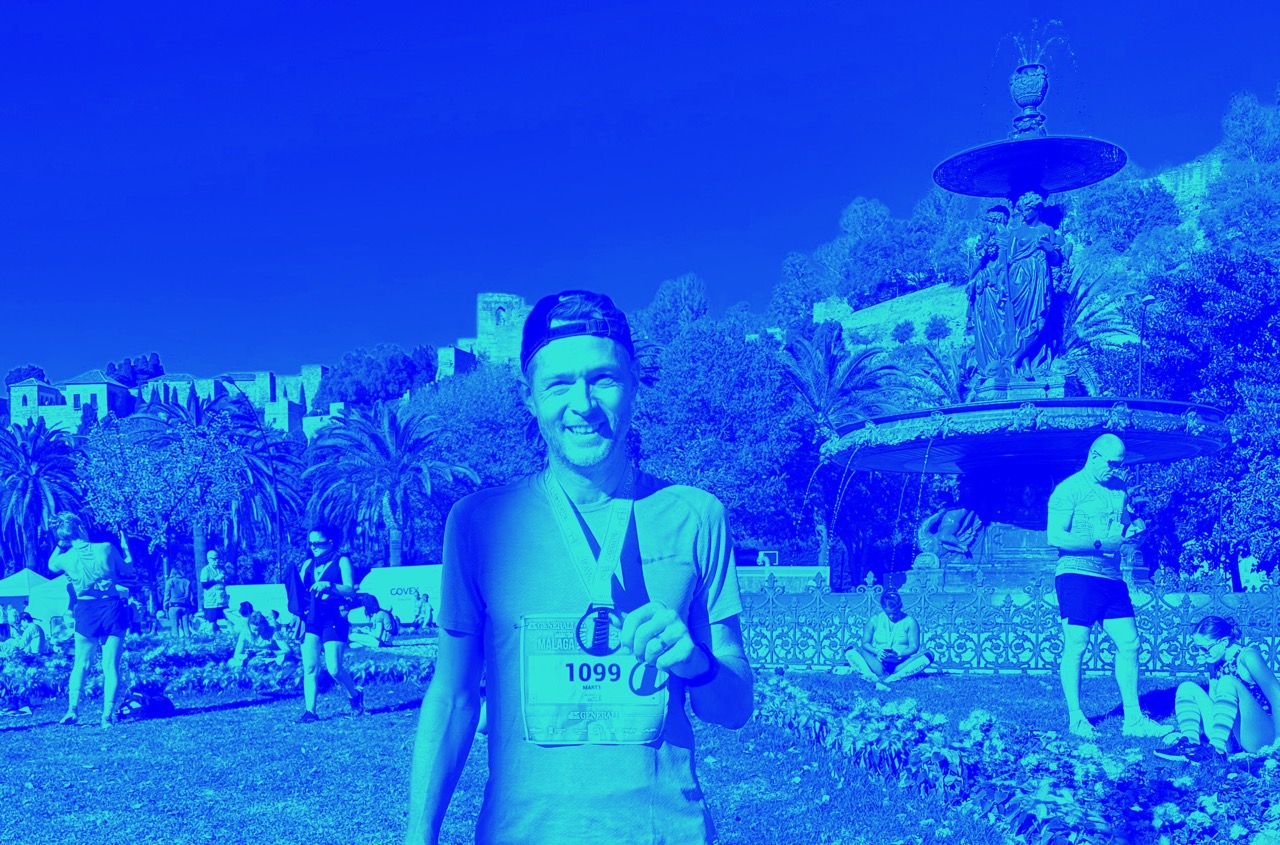Supramaximal Training: repeated sprints vs. high-intensity running (individualized based on VIFT)
Supramaximal training and postexercise parasympathetic reactivation in adolescents.
Source
Research Laboratory, Physical Activity and Motor Control: Adaptation and Rehabilitation, Faculty of Sport Sciences, University of Picardie Jules Verne, Amiens, France. martin.buchheit@u-picardie.fr
Abstract
Repeated supramaximal exercise training is an efficient means of improving both aerobic and anaerobic energy system capacities. However, the influence of different levels of supramaximal training on parasympathetic function is unknown.
PURPOSE:
To compare the effects of repeated-sprint (RS) versus high-intensity intermittent training (HIT) on performance and postexercise parasympathetic reactivation in trained adolescents.
METHODS:
Fifteen male adolescents (15.6 +/- 0.8 yr) were divided into two groups that performed 9 wk of either RS (repeated all-out 6-s shuttle sprints; 14-20 s of recovery; N = 8) or HIT (15- to 20-s runs at 95% of the speed reached at the end of the 30-15 intermittent fitness test (V(IFT)); 15-20 s of recovery; N = 7). Groups performed intervals twice per week and maintained similar external training programs. Before and after training, performance was assessed by the V(IFT), countermovement jump (CMJ), 10-m sprint time (10 m), mean RS ability time (RSAmean), and heart rate (HRsub) level during a 6-min submaximal (60% V(IFT)) exercise test, where parasympathetic reactivation was assessed during the recovery phase (i.e., HR recovery time constant (HRRtau) and HR variability (HRV)).
RESULTS:
Parasympathetic function, V(IFT), and RSAmean were improved with HIT but not RS training. In contrast, changes in CMJ and HRsub were similar in both groups. A significant relationship was shown between the decrease in HRRtau and RSAmean (r = 0.62, P < 0.05; N = 15).
CONCLUSION:
HIT was more effective than RS training at improving postexercise parasympathetic function and physical performance. In addition, HRRtau, which was more sensitive to training than HRV indices, seems to be a useful performance-related measurement.



